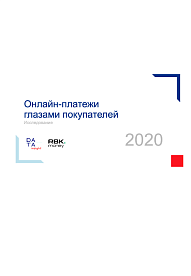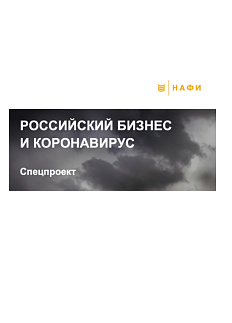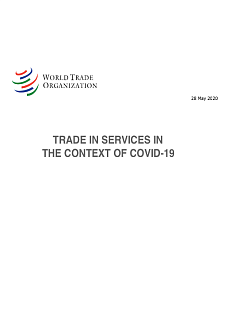The joint study by Data Insight and RBK.money explores the availability of online payments for goods and services and looks at consumer behavior in some special cases such as buying gifts, payments when on holiday, online games subscriptions, and regular payments (such as utility bills, Internet bills, mobile phone bills, etc).
Also, the authors put forward and test a number of hypotheses about the preferred means of payment in various business segments, key patterns in using various payment methods, their main advantages, and problems they pose.
The Roscongress Foundation presents the salient points of the publication accompanied by fragments of broadcasts of relevant panel discussions from the business programme of international events held by the Roscongress Foundation.
Online payment by bank card is the most popular method of payment. As few as 9% of respondents haven’t used a card over the past month to pay online for their order.
Online payment by bank card is the most common means of payment. In the absolute majority of market segments studied, this payment method is far ahead of others. Cash is the second most popular method. When paying for taxi, customers use cash as often as cards. For notary, legal, and other professional services, cash remains the primary method of payment. The third most common type of payment is offline card payment when receiving the order. Each of these three payment methods was used by over a half of the respondents. None of the other means of payment reached this level of popularity.
The range of available payment methods differs depending on the market segment, with food delivery services demonstrating the widest range. Interestingly, the availability of a convenient payment method and transaction security influence purchase decisions much more strongly than discounts or free delivery do.
The range of available payment methods differs among market segments. However, online card payments play the leading role nearly everywhere. Taxi services, mobile phone services, utility services, media content subscriptions, and online games stand out in the most noticeable way.
Having studied various payment methods, the authors of the publication identified two trends:
· In some market segments, businesses enable a wide range of payment methods, and so the number of popular methods increases (examples are taxis and food delivery).
· In other segments, conversely, there is just one payment method available so that all customers are forced to use it (one example is air and train tickets).
For more information about the relations between consumers and businesses, as well as about socio-economic development aimed at increasing the quality of life everywhere through joint effort of businesses, the state, and the general public, please see the IT industry, E-Commerce, Consumer Sentiment, StayHomeEconomy, and Entrepreneurship special sections of the Roscongress information and analytical system.






